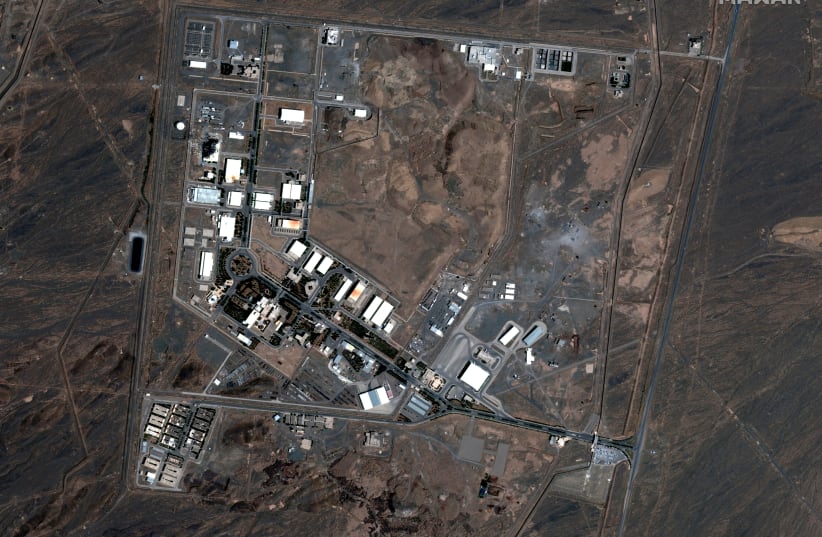Iran is facing a total intelligence breakdown.
With another explosion on Thursday night, reportedly at an Iranian Islamic Revolutionary Guard Corps facility, the question is not only how anyone has pulled off up to seven attacks in around two weeks, but how has the Islamic Republic repeatedly failed to stop them.
From 2010-2013, the regime succeeded in cracking a CIA cell and eliminated many CIA operatives.
Even when the US and Israel, according to foreign reports, breached Iran’s security for its nuclear program with the Stuxnet virus in 2009-2010, they had to use assets of Dutch intelligence.
In general, Iranian counterintelligence is known to perform at a much higher level than most of Israel’s other adversaries. Sometimes they falsely announce arrests of Mossad agents who are just political opposition members, but sometimes they can flush out spies at a professional level closer to the world’s top powers.
Until Israel’s January 2018 operation seizing Iran’s nuclear secrets, Iranian territory was thought of as much harder to penetrate than Syrian territory, where Israel has admitted to thousands of intelligence and airstrike operations.
In the days of Meir Dagan, a score of attacks on Iranian nuclear scientists were attributed to the Mossad.
But much of that was over a decade ago, and many of the scientists were killed alone and outside their facilities – presumably, easier targets than penetrating and exploding whole facilities like a set of dominoes.
What the world is witnessing right now is someone – the United States, Israel or Saudi Arabia, possibly with Iranian dissident proxy help – hitting Iranian nuclear and conventional weapons and IRGC facilities practically at will. And they are doing it in a way that has virtually never been witnessed in recent memory.
The IRGC has had more than two weeks to root out the cell or cells that are making this happen and has gotten nowhere.
It is almost like the intelligence forces making these attacks happen are playing three-dimensional chess and the IRGC is playing only checkers.
Former cyber intelligence officials from the US and Israel have talked to The Jerusalem Post about the power of potential cyberattacks on Iran.
To the extent that these are cyberattacks, it might be more understandable that Tehran has caught no one and stopped nothing. Explosions perpetrated through a cyberattack could have been arranged months or even years ago to be activated now.
But even in the cyber arena, US and Israeli officials have been warning that after the 2010 Stuxnet attack, the regime heavily improved as a cyber power.
However, what we appear to be witnessing are the limits of a second-tier counterintelligence force. Up against a premier intelligence or cyber power, Iran is apparently close to being defenseless.
The questions remaining then, are how long these attacks can continue and whether Iran can cope with them or try to make some sort of secret contact to cut a deal to get them stopped.
If it does not, the message from whoever is making this happen is clear: Continued aggressive actions on nuclear and other fronts will lead to consequences that the ayatollahs had never imagined.
